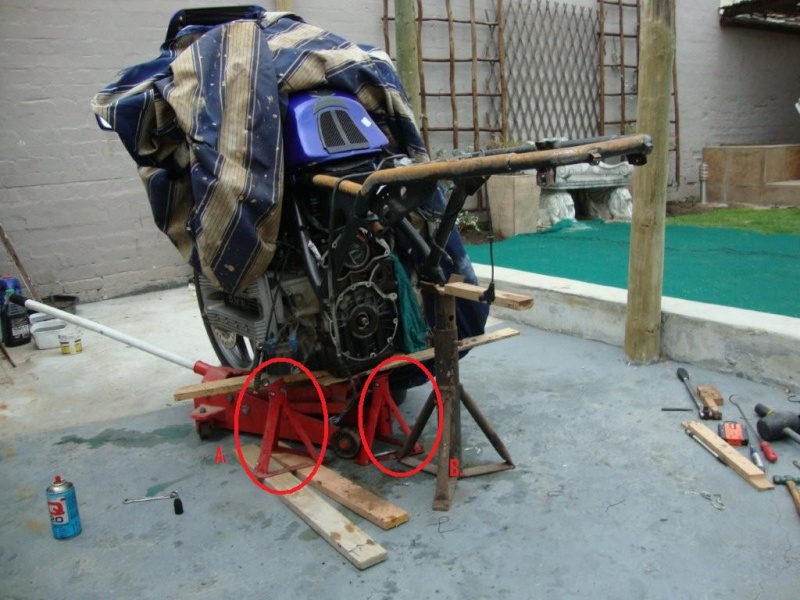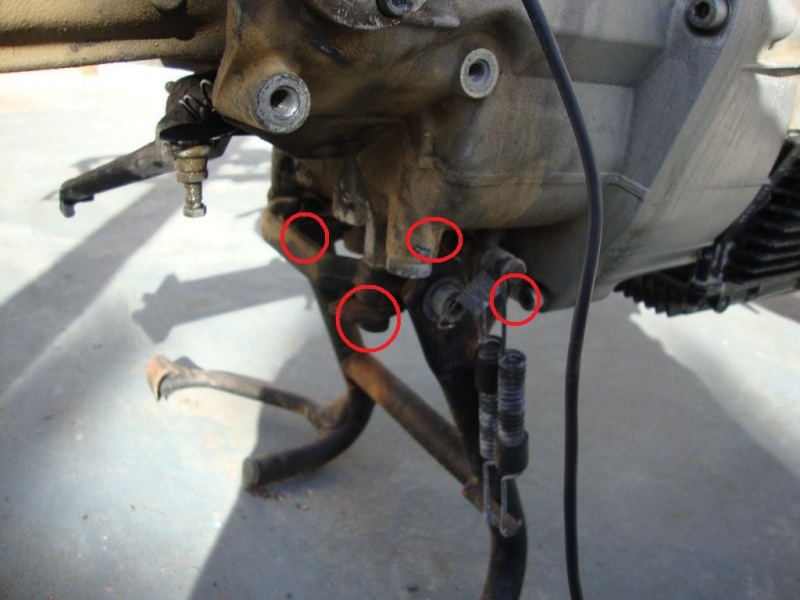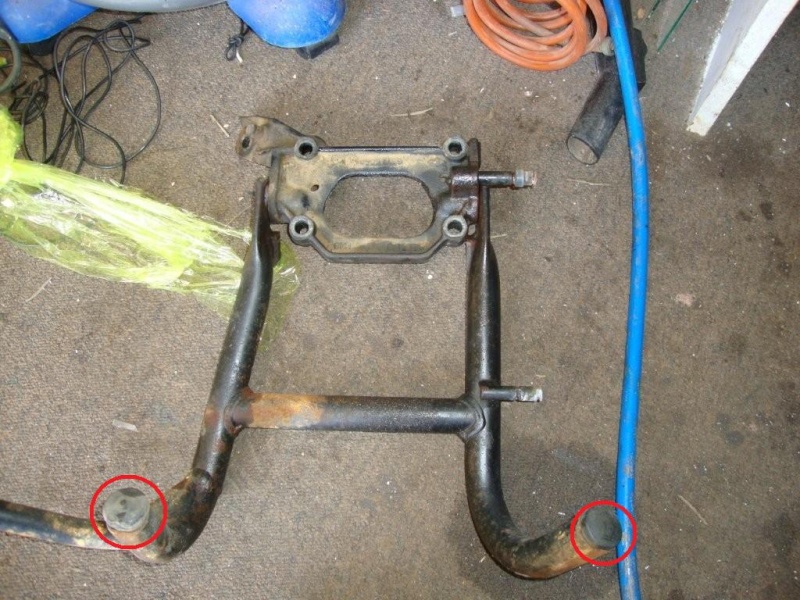1

 My 1986 K100RS restoration - now complete! Tue Jan 04, 2011 3:35 pm
My 1986 K100RS restoration - now complete! Tue Jan 04, 2011 3:35 pm
barryt
Silver member

Hi guys,
A short while ago I introduced myself having just acquired my K100. Some background info on everything before I start, without (hopefully) boring anybody! First off, a big thank you for welcoming me into this forum and the words of advice I hacve received on occasion - you're a great bunch of guys and I find the info on here extremely useful indeed.
I got my bike about 2 months ago, after years of wondering about one (my dad owned a K100 RT when I was a teenager). So when finally, the wife insisted she would never go on the back of my GSXR 1000 (Suzuki) with me (and rightly so - the thing is highly impractical), I thought about middle age a bit (I'm now 40) and decided the appeal of "touring" the countryside was a nice idea - so I located a K100.
I bought it with a (supposed) 87000kms on the clock, for R 22500 South African Rand (About 3300 US dollars at today's rate).
It was supposedly in "good nick" in terms of what the fellow told me who sold it to me, and it sure did look good, but after riding it for merely a week, I noticed a lot that could do with some attention.
For starters (excuse the pun gentlemen!), the starter started the fabled "spinning" action...
Thats when I joined here and established that it's most probably the sprag clutch.
I tried running diesel through it etc etc, and it seemed to help for a few days, and then got worse...
So I made the decision that an (almost) complete tear-down and restoration was in order.
And so, without further ado....here is the story, which took place over a period of the prior 3 weeks to today...
My only regret is that I should've taken even MORE photos of the entire process, to the benefit of everybody else here.
It was a fantastic learning experience, and I had a wonderful time over the past 3 weeks, marvelling over the excellent
design of the bike. It has been over 5 years since I restored my Jaguar V12 so a lot of things were a bit rusty...
Enjoy guys - I hope somebody gets some benefit from this exercise.
A short while ago I introduced myself having just acquired my K100. Some background info on everything before I start, without (hopefully) boring anybody! First off, a big thank you for welcoming me into this forum and the words of advice I hacve received on occasion - you're a great bunch of guys and I find the info on here extremely useful indeed.
I got my bike about 2 months ago, after years of wondering about one (my dad owned a K100 RT when I was a teenager). So when finally, the wife insisted she would never go on the back of my GSXR 1000 (Suzuki) with me (and rightly so - the thing is highly impractical), I thought about middle age a bit (I'm now 40) and decided the appeal of "touring" the countryside was a nice idea - so I located a K100.
I bought it with a (supposed) 87000kms on the clock, for R 22500 South African Rand (About 3300 US dollars at today's rate).
It was supposedly in "good nick" in terms of what the fellow told me who sold it to me, and it sure did look good, but after riding it for merely a week, I noticed a lot that could do with some attention.
For starters (excuse the pun gentlemen!), the starter started the fabled "spinning" action...
Thats when I joined here and established that it's most probably the sprag clutch.
I tried running diesel through it etc etc, and it seemed to help for a few days, and then got worse...
So I made the decision that an (almost) complete tear-down and restoration was in order.
And so, without further ado....here is the story, which took place over a period of the prior 3 weeks to today...
My only regret is that I should've taken even MORE photos of the entire process, to the benefit of everybody else here.
It was a fantastic learning experience, and I had a wonderful time over the past 3 weeks, marvelling over the excellent
design of the bike. It has been over 5 years since I restored my Jaguar V12 so a lot of things were a bit rusty...
Enjoy guys - I hope somebody gets some benefit from this exercise.















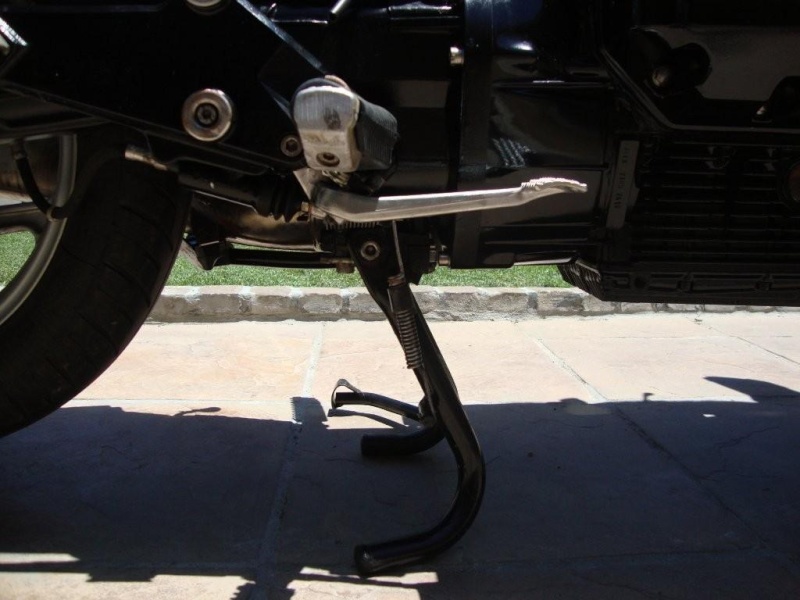




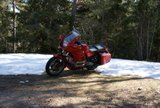

 1986 k75, 1985 K100rt,
1986 k75, 1985 K100rt, 

